Cherry Trees
Cherry blossom, the pandemic and 20th Century dystopian anime 
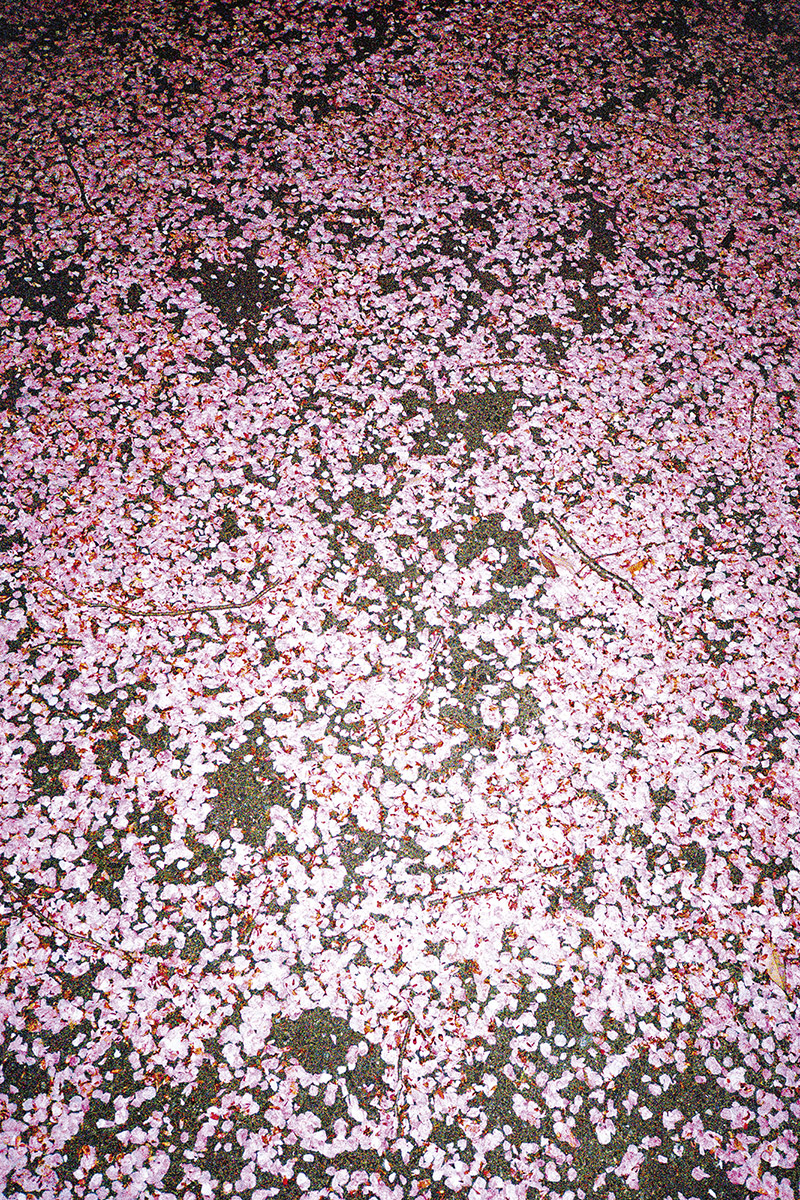

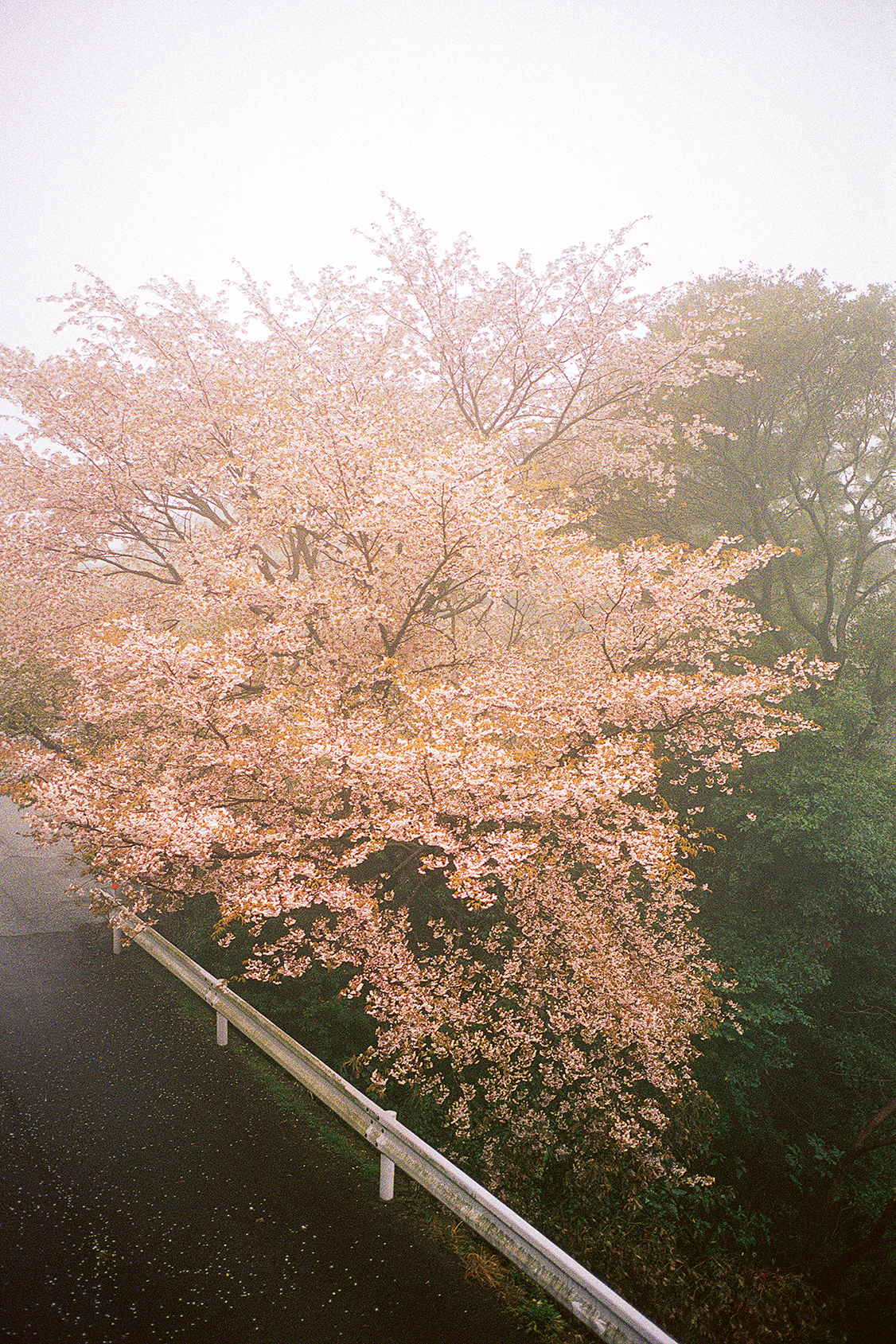
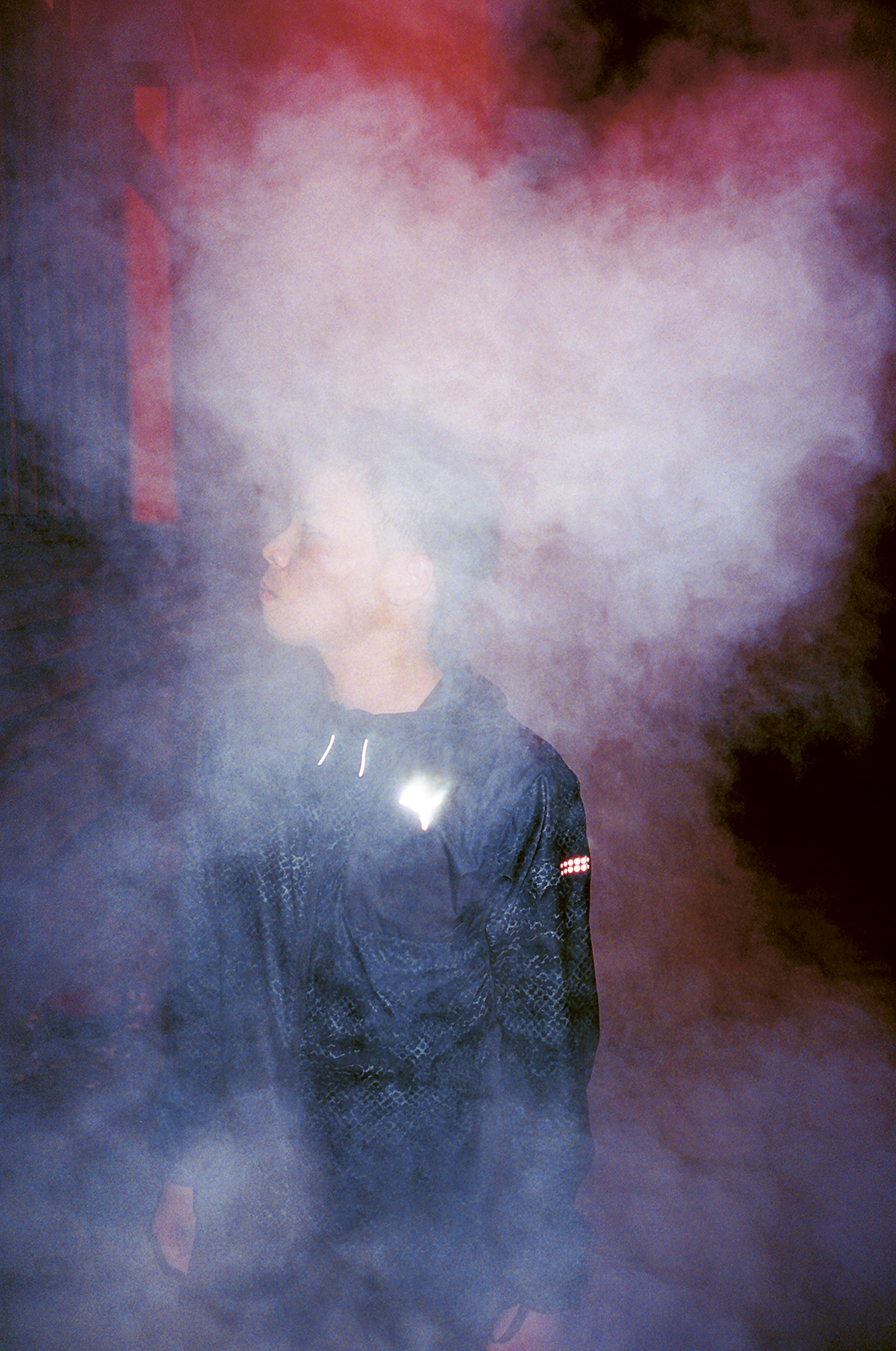





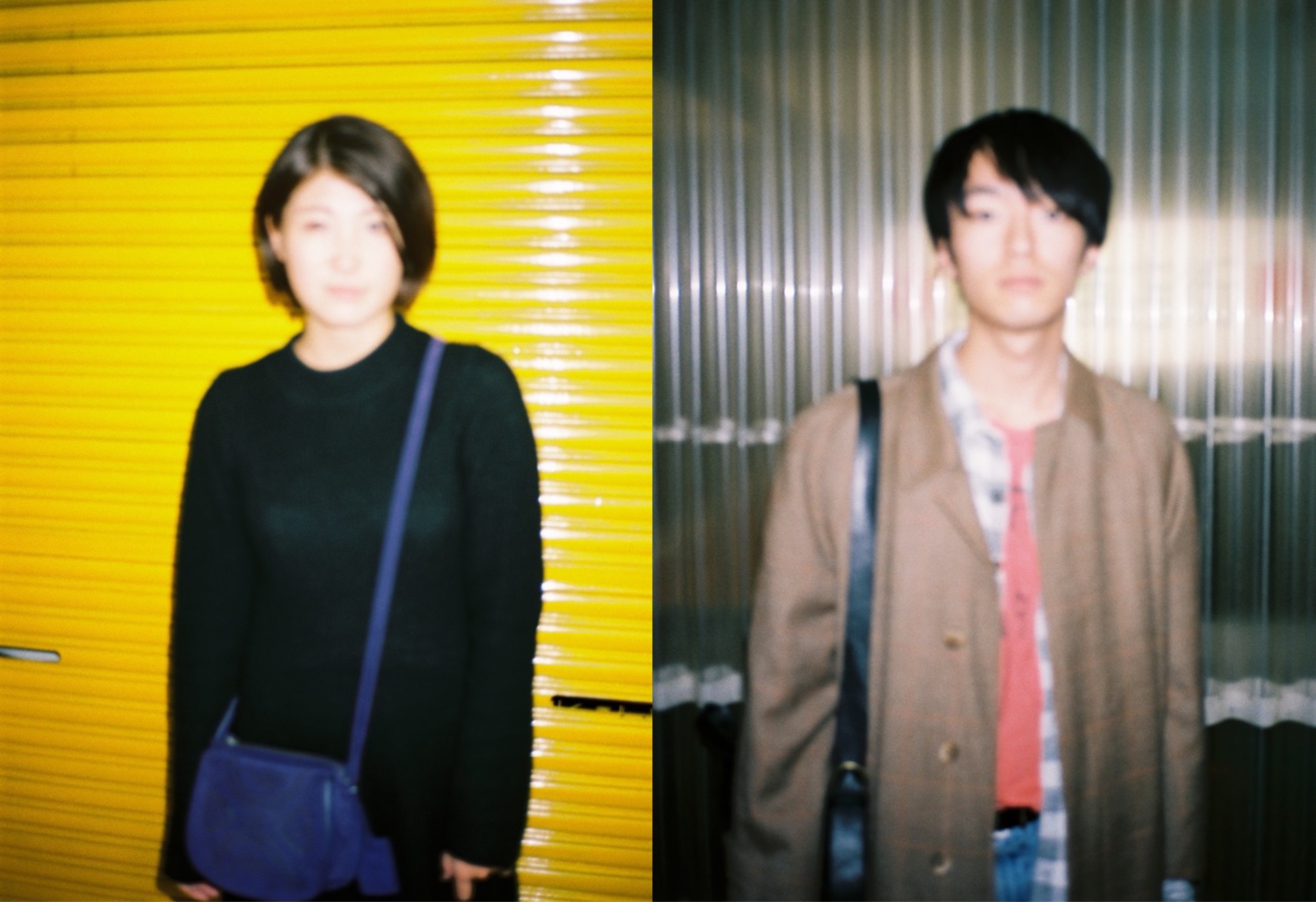

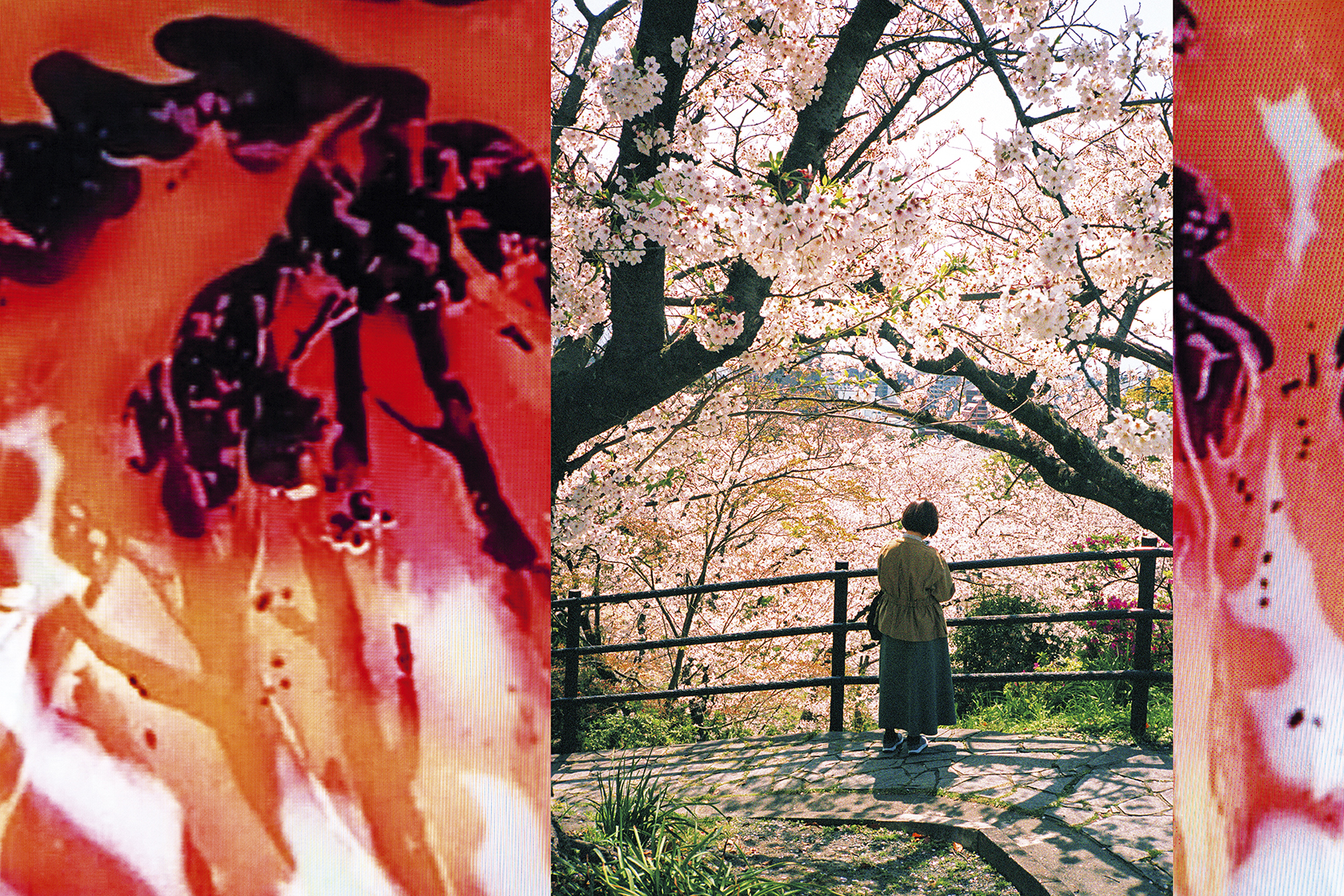





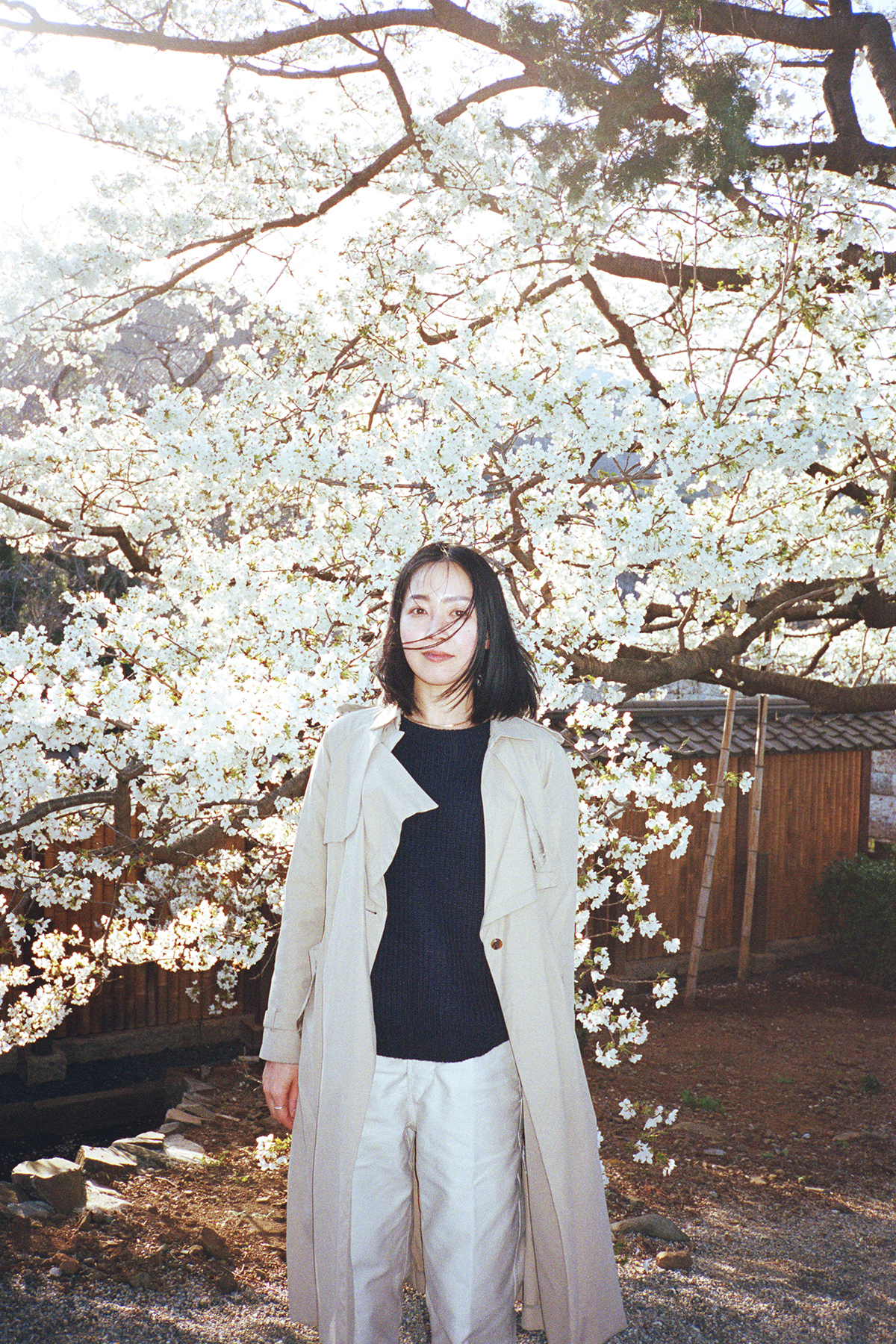
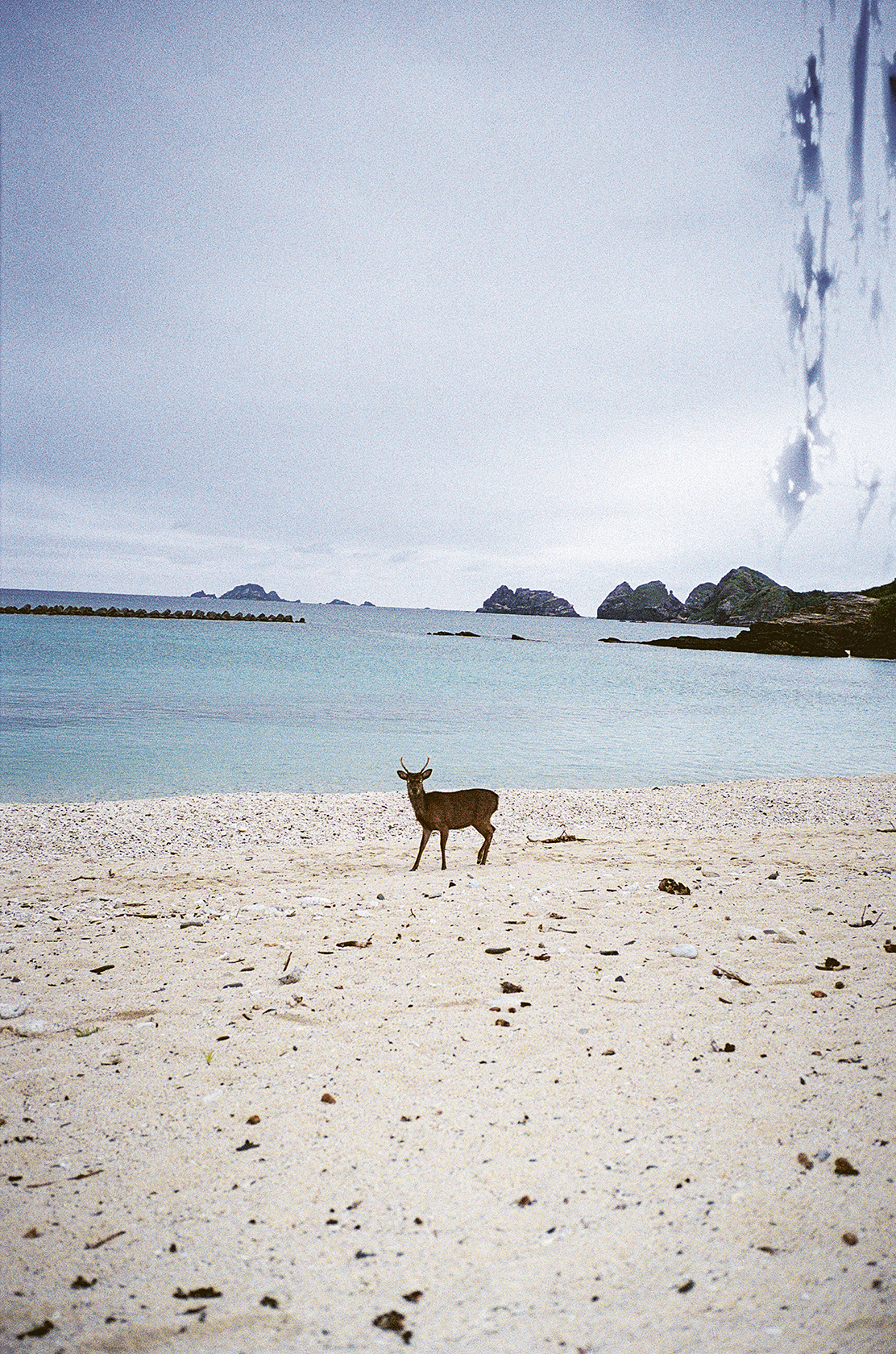
"Cherry Trees" was born in March-April 2020. I was in Japan at a time when the news was dominated by the start of the pandemic and the end of the mega-fires in Australia after eight months of raging fires.It was also the cherry blossom season, which gave the series its title.
Cherry blossom, because of its striking beauty and brevity, is the phenomenon most often associated with the Japanese aesthetic and spiritual concept of "mono no aware," which expresses empathy for the transient nature of all things. This had a particular resonance in the context in which we found ourselves
After a few days there, I was struck by the similarities between what I was experiencing and the Japanese anime and series I watched as a child. These programs, though aimed at children, were often completely sinister, terrifying, and dystopian. And many of them were surprisingly visionary in their anticipation of environmental and humanitarian disasters.
I was naturally drawn to what reminded me of the TV programs of my youth: uncanny places and objects which look both familiar and weird; a discomforting stillness like in a nightmare where everything moves slowly but surely in an unwanted direction; a confusing feeling of not knowing what is real or unreal; young people who look like the starring characters of one of these series for children.
This book witnesses a transmission from fiction to the real world. It creates a dialogue with old stories which, through their prescient quality, have started to look like our current reality.

Book published by Kehrer Verlag in November 2024 / Cover artwork by Claude Eigan
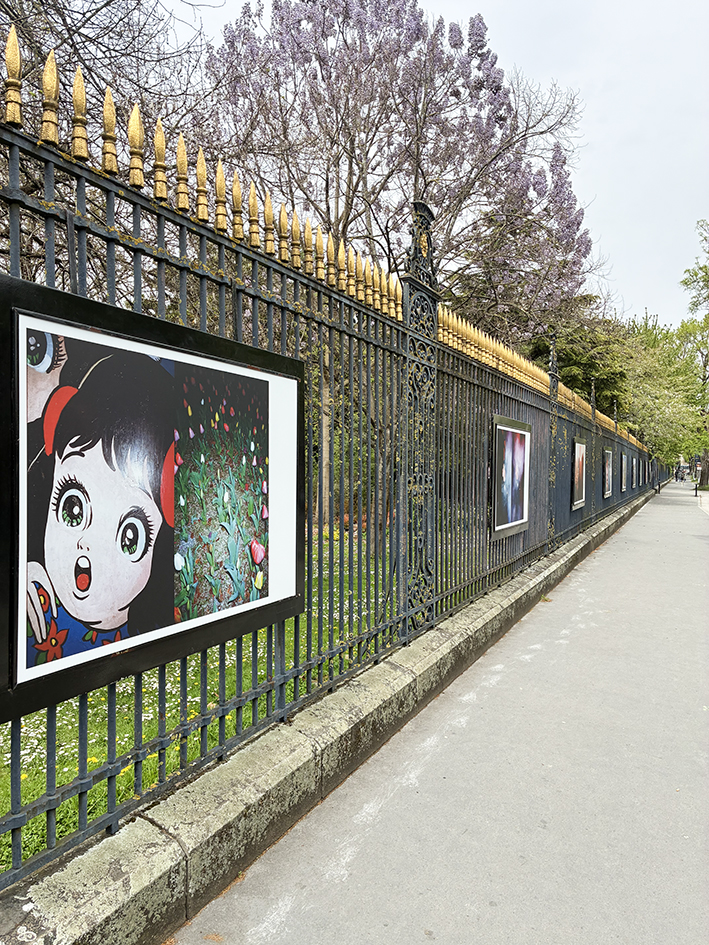


 images from ‘Itinéraires des photographes voyageurs’ Festival in Bordeaux - April 2025, at Rocher de Palmer (performance hall) & at Jardin Public (Bordeaux’s central park)
images from ‘Itinéraires des photographes voyageurs’ Festival in Bordeaux - April 2025, at Rocher de Palmer (performance hall) & at Jardin Public (Bordeaux’s central park)